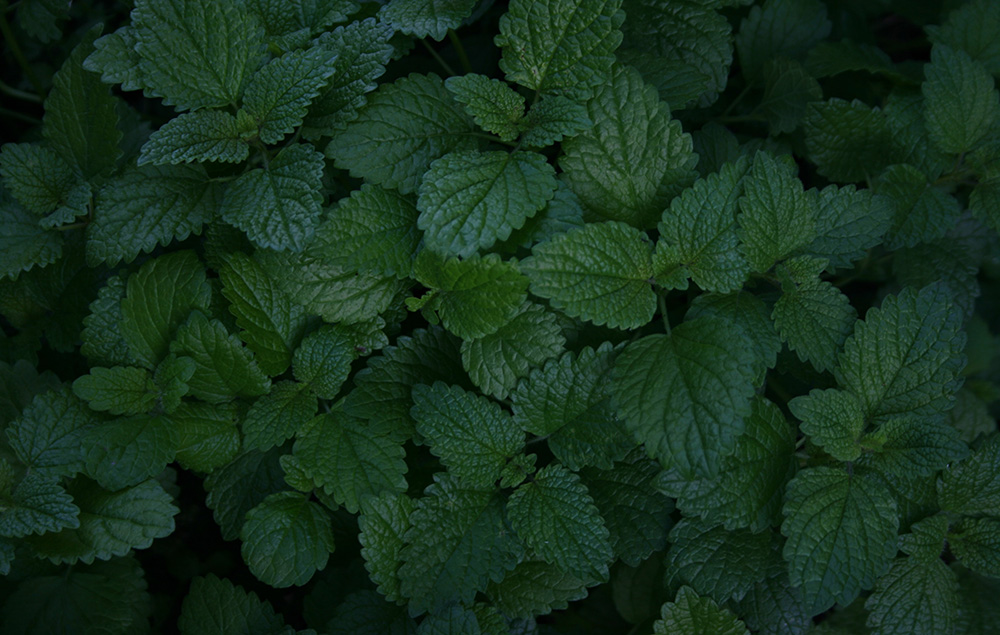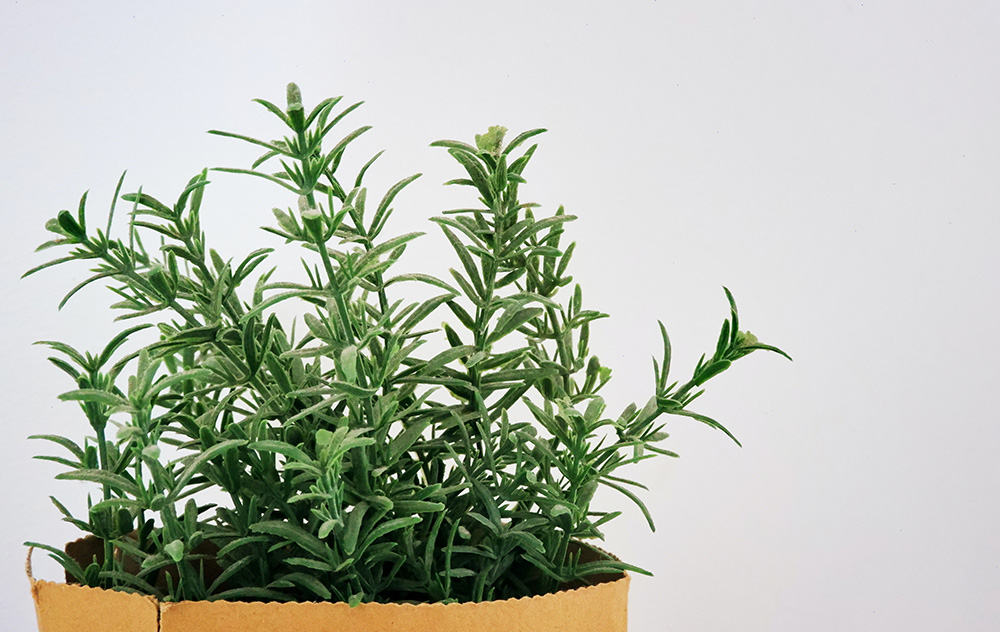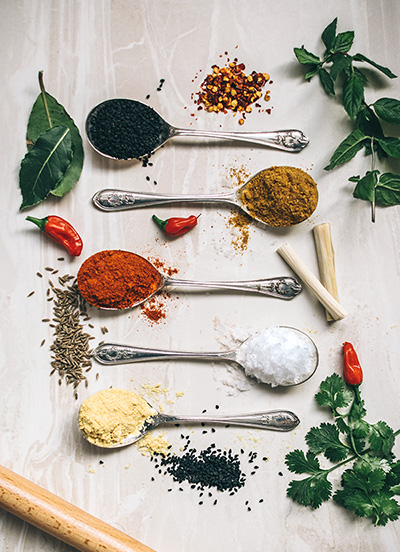Even if you don't have a green thumb, growing herbs is a great starting point for the novice gardener. Not only will you enjoy the process of nurturing your little plants, but you'll also have a selection of delicious, nutritious seasonings to add to your meals. Sound enticing? Whether you have a large outdoor plot or a few small containers on your windowsill, get started in the garden with these six beginner-friendly herbs.
Basil
A Mediterranean-food mainstay, basil does well in pots indoors or out. To keep your plant healthy, snip the largest leaves each day and water every other day. Basil is an anti-inflammatory that helps the liver detoxify the body, and it's also an excellent source of fiber. Basil classically combines with tomatoes and mozzarella cheese for Caprese salad, but you can use its fragrant greenery in salads, wraps, sauces and cocktails.

Lemon Balm
The lemon balm plant, a cousin of mint, gets immediate points for its unbelievable citrus aroma. In fact, studies show that the scent reduces stress, boosts memory and soothes anxiety. This plant loves the shade, so it does well indoors, and should stay relatively dry. You can also plant lemon balm outdoors in the spring. As for eating, you can use the leaves as a substitute for lemon zest or lemon peel in just about any recipe. Try adding it to with seafood, salad dressings and even sweets or make lemon balm tea to combat GI symptoms such as indigestion and nausea.

Parsley
Traditionally used as a garnish, parsley has distinctive pointed leaves and grows best in moist soil in a cool but sunny spot. Parsley also has a much-deserved reputation as a nutritional powerhouse with an impressive supply of antioxidants, minerals and vitamins that support heart health, build healthy bones and reduce the risk for some cancers.
To harvest, trim stalks when they reach about 5 inches in height. You can mince parsley and add to mashed potatoes, fish, grilled chicken and anything else you fancy.
[insert page='Offer' display='content']
Rosemary
This hardy plant thrives with lots of sunlight and plenty of water, so it's a good choice for a bright spot inside or out. I love snipping the leaves to add to roasted potatoes, chicken, stews and other savory faves. Rosemary contains a compound called carnosic acid that wards off cancer. You'll also benefit from the aromatherapeutic effects of rosemary, with a scent that's said to sharpen memory and concentration. Plant your rosemary in the fall or spring. Some gardeners say you can take up to half the plant for a single use without affecting its health.

Sage
From stuffing to soups, sage adds an earthy flavor to dishes from cuisines from all over the world. Fresh sage leaves contain about 10% of your recommended daily vitamin K intake in a single teaspoon, and they're packed with antioxidants that ward off cancer, heart disease and inflammation. This evergreen plant thrives with relatively dry soil and lots of sun. The more sage leaves you harvest, the more your plant will grow! However, you should only take a leaf or two with each cutting. Start your sage plants about two weeks before you expect the final frost in your area.

Thyme
This leafy herb grows best in a hot, dry environment, where you can basically leave it alone. Dry soil, a sunny plot and a bit of fertilizer is all you need for a healthy thyme plant. Thyme is an immune-booster thanks to its rich vitamin C and vitamin A content. Harvest the driest leaves from your plant and steep in hot water to make a tea, or add a sprig to any savory dish simmering on your stove to enjoy a hint of woody flavor. The delicate flowers and small size also make thyme an attractive houseplant.

These six staples will have you growing and cooking with fresh herbs before you can say gourmet chef.


Thank you 😊
Appreciate the info! Very helpful!